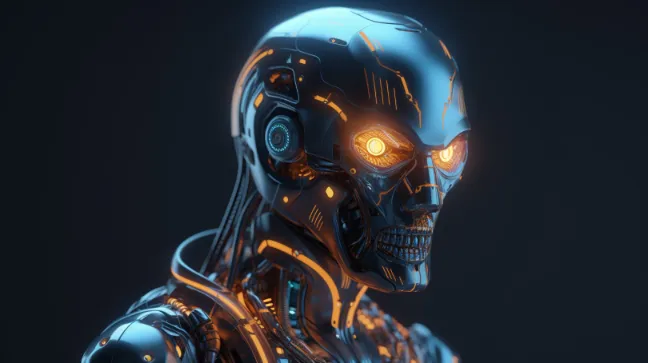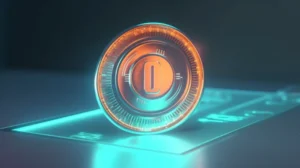How to Use AI for 3D printing In 2023?
In today’s world of technological advancements, Artificial Intelligence (AI) has become an essential component in various industries. One of the fields where AI is making a significant impact is 3D printing.
This article will discuss the intersection of AI and 3D printing, the various AI-powered 3D printing applications, and How to Use AI for 3D printing In 2023.
What is AI?
AI refers to the simulation of human intelligence in machines that are programmed to perform tasks requiring intelligence. AI systems can learn from data, identify patterns, and make decisions without human intervention.
These systems use algorithms and statistical models to improve their performance over time.
AI has a diverse range of applications, including in healthcare, finance, transportation, and manufacturing. AI helps organizations automate processes, reduce costs, and improve efficiency.
3D Printing
3D printing technology involves creating three-dimensional objects by layering materials on top of one another. This technology has revolutionized the manufacturing industry, enabling the production of complex designs and prototypes quickly.
3D printing has several benefits, including reduced lead time, lower costs, and less waste. This technology has applications in various fields, including aerospace, architecture, and healthcare.
AI and 3D Printing
The intersection of AI and 3D printing has resulted in various AI-powered 3D printing applications. With AI, 3D printing can produce more complex designs, improve accuracy, and reduce lead time. Machine learning algorithms can analyze data from previous prints to optimize the printing process and reduce errors.
AI can also be used in the design process, where it can generate unique designs based on user preferences. This technology can be used to create customized products, such as prosthetics, dental implants, and hearing aids.
Future of AI and 3D Printing
The future of AI and 3D printing is promising, with significant potential for growth and innovation. AI can help overcome some of the challenges in 3D printing, such as improving accuracy, reducing waste, and reducing lead time.
However, there are also potential limitations and challenges. One of the challenges is the lack of standardization in the industry, making it difficult to share designs and files across different systems. Additionally, the cost of AI-powered 3D printers may be prohibitive for some organizations.
AR Integration in AI-Powered 3D Printing
One exciting development in the intersection of AI and 3D printing is the integration of Augmented Reality (AR) technology. By combining AI algorithms with AR capabilities, the 3D printing process can be further enhanced and optimized.
AR can provide real-time visual feedback during the 3D printing process, allowing users to monitor the progress and make adjustments as needed. With the help of AI, AR systems can analyze the 3D model, identify potential errors or areas of improvement, and provide interactive guidance to optimize the printing parameters.
Additionally, AR can assist in the assembly and post-processing stages of 3D printed objects. AI algorithms can recognize and track the printed components, providing step-by-step instructions or visual cues for proper assembly.
This integration streamlines the overall workflow and reduces errors, ultimately improving the efficiency and accuracy of 3D printing.
Moreover, AR can facilitate collaboration and communication in the 3D printing ecosystem. Multiple users can visualize and interact with the virtual representation of the 3D model, enabling remote collaboration and eliminating geographical barriers.
AI algorithms can enhance this experience by enabling real-time annotations, highlighting specific design features, or simulating different scenarios.
The integration of AR and AI in 3D printing opens up new possibilities for innovation and creativity. It allows users to leverage the power of AI algorithms in combination with interactive visualizations, providing a more intuitive and immersive experience. As AR technology continues to advance, we can expect even more exciting applications and advancements in the field of AI-powered 3D printing.
Conclusion
In conclusion, the intersection of AI and 3D printing has resulted in numerous benefits and opportunities for growth. AI-powered 3D printing applications can improve accuracy, reduce lead time, and create customized products. However, there are also potential limitations and challenges that need to be addressed. Overall, AI is set to continue impacting 3D printing technology positively, opening up new possibilities for innovation and growth.






